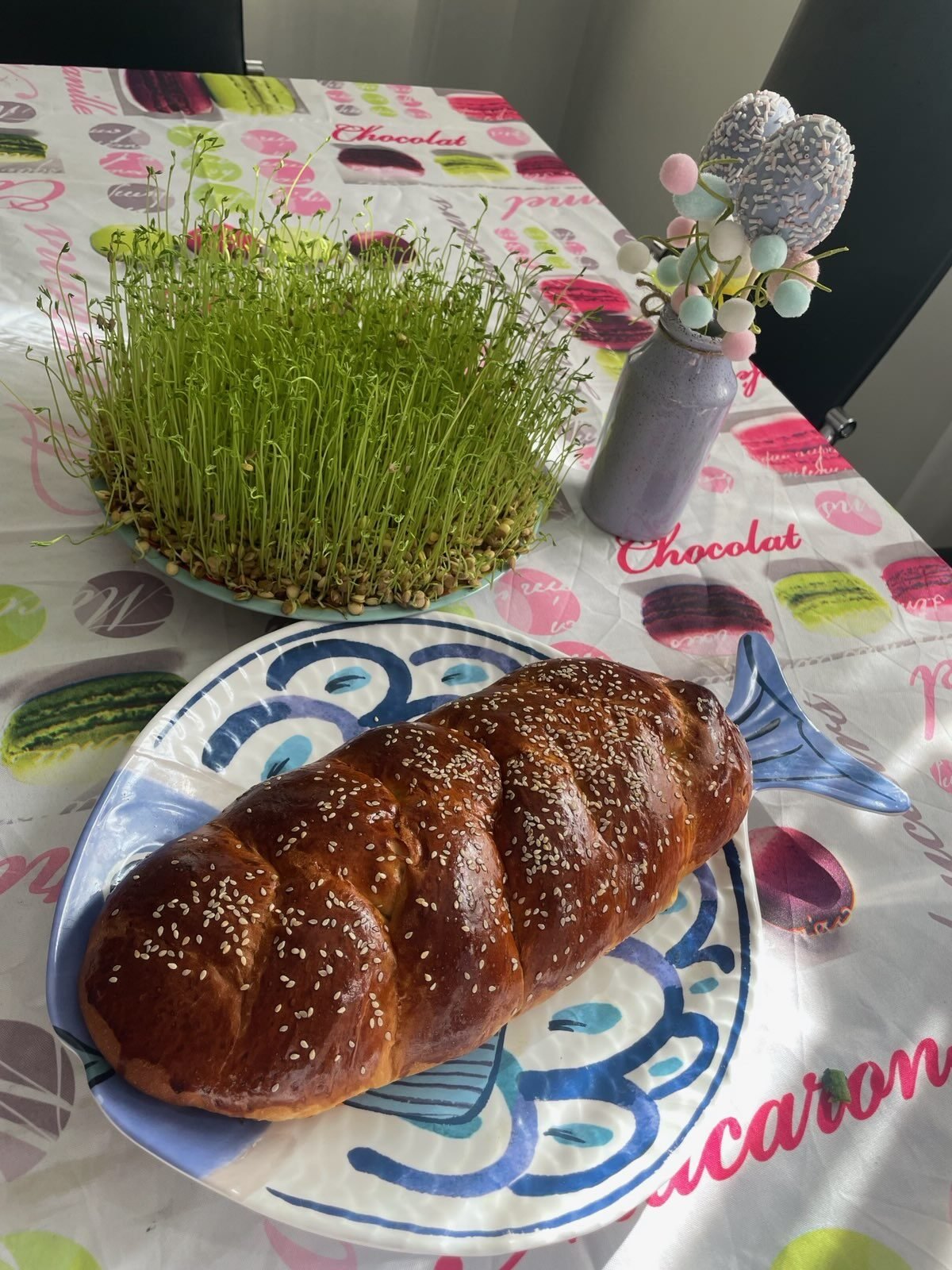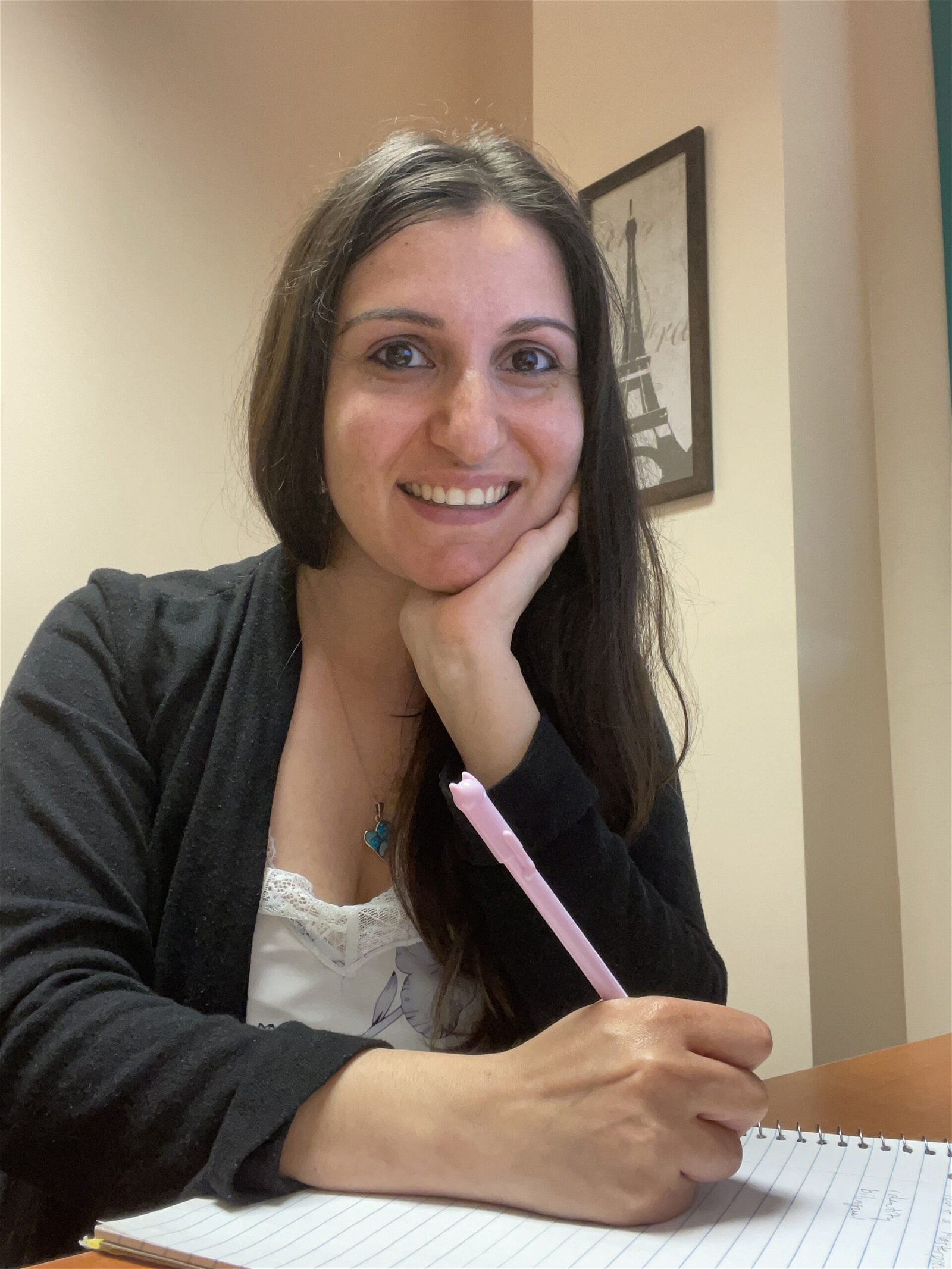“Make sure he knows about his Armenian heritage.” I have lost count of the number of times I have heard this uttered as a soft demand as soon as people find out that my little boy is French-Armenian-American. Whenever I hear this, I remain calm, but deep down, something in me awakens and takes me back to my own childhood.
Etched in my mind were other types of encouraging remarks meant to motivate us to keep our culture alive that I constantly heard growing up: “Listen to Armenian music,” “Watch Armenian shows,” and “Speak Armenian.” However, in my youth, this was just another annoying demand, a burden I was too young to carry and too young to understand. Tied to these requests, which felt like the weight of my entire culture on my shoulders, were also consistent reminders of my history, of genocide.
As an Armenian in the diaspora, I grew up learning about the Easter bunny at school and about Armenian Easter traditions at home from my parents. This duality – among other paradoxes I experienced as a child of immigrants – felt like an additional load. I was too Americanized for Armenians and not American enough for Americans.
Now, like many other adult children of immigrants, I have had to learn how to play this balancing act with my own children. How do we preserve the rituals of our home culture while simultaneously honoring American traditions? What aspects of our home culture do we want to preserve, and which ones do we not? We love the traditions we grew up with and hate how pressured we feel to pass them down. Yes, these two realities can be true at the same time.
Many children of immigrants – not just Armenians – experience similar types of conflicting feelings towards cultural responsibility. The holidays, particularly Easter, are a time when many of us reflect on how we want our children to be raised. Where do we start? It’s an overwhelming feeling with no guidance from anyone. As a parent, I went from feeling overwhelmed to feeling excited about teaching my own children about both Armenian and American Easter traditions. Cultural responsibility is no longer a burden but a gift.

Let’s begin by reflecting for a moment on Easter celebrations from childhood. Which memories bring back happy thoughts? Here are a few gifts that you can pass onto your children.
A time of togetherness
Easter is a time when families gather and share a special meal. For many people, it is a time when everyone is together, living in the moment and enjoying themselves. When you look back on your childhood, does Easter bring back happy memories? Is this something that you want your children to look back on and reflect fondly on as well?
A time of language
Easter is also a time when you learn specific vocabulary. For example, I grew up learning how to say “Happy Easter,” “Easter bunny” and “hop” in English, and how to say napastak (bunny in Armenian). I also learned about a phrase, “Kristos haryav e merelots” (“Christ is risen from the dead”), to which one responds, “Orhnyal e harutyune Kristosi” (Blessed is the resurrection of Christ).
A time for food
In my family, Easter is a time to cook various dishes! On the table we have mandak, sauteed onions and chrysanthemum greens; ejjeh, an egg and herb fritter; boiled eggs wrapped in lavash (an Armenian flatbread) with scallions and tarragon; rice with raisins; and choreg, Armenian Easter bread. We also have chocolate eggs and Peeps.
A time for special traditions
A few weeks before Easter, we get a shallow plate, fill it up with cotton balls, drain it with water and add lentils on top. Every morning and evening, we water the lentils until they are sprouted and ready for Easter!
We also dye eggs and make Easter baskets. Some of the basket stuffers we include are bunny ears, chicks that wind up, chocolate, stickers and mini toys the children like.
A time for games
During Easter, we have an Easter egg hunt in the backyard. We also color eggs, add stickers and then go on to fight with the eggs. Each person gets an egg and taps the egg of the opponent. Whoever’s egg cracks gets eliminated.
In addition to reflecting on which memories bring back happy memories, you can also identify your family values. Here are some of mine. As you read them, think about those that matter to you.
Help out
One thing I want my children to learn is that we are a community. We do things together, and we help our family members. During Easter, that may mean helping out with setting the table or taking your dish to the sink. It also means making an effort to attend family events. I want to note that I am not advocating for attending family events if you have toxic relationships with your family members.
Remember to take care of yourself
Although we can learn to do things for our families, we also need to learn to take care of ourselves. Often, during the holidays, we believe we are not allowed to say “no” when asked to do something we are not in the mood for or simply do not want to. For example, one thing I am teaching my children is that if someone wants to give us a hug or kiss at a family event, but we do not want them to, we are allowed to have a body boundary and say no.
Develop relationships with siblings and cousins
One thing that I am teaching my children (through example) when we get together as a family is the importance of developing close bonds with your siblings and cousins. Our siblings and cousins can be our biggest cheerleaders. Again, I want to note that I am not advocating for forming a relationship with someone who may be toxic.
Pause and enjoy the moment
I also want my children to learn to appreciate the small things in life. I want them to see that although we may have busy schedules, we can pause and enjoy the moments we have together. For us, that means putting up Easter decorations. We have small pastel vases with bunny and egg decorations on our mantel, an easter egg nest on our coffee table, a wreath on our front door and other small items around the house. We buy these together as a family to teach our children about financial literacy, and then we often decorate the house together.
Exposing our children to different traditions helps them gain a better understanding of the world around them and see that people have different ways of celebrating. As I reflect back on my childhood, these are some of the cultural traditions from Easter that I would like to preserve. You can do the same for any other holiday or any values you want to give to your children. Always start with what aligns with your values and go from there!



Very relatable! excellent read. Happy Easter.
Such a great article! There certainly can be a lot to juggle when blending different cultures during holidays. Thank you for sharing this!
Great article! It beautifully captures the importance of honoring both past and present traditions. It’s inspiring to think about how we can blend cherished childhood traditions with new ones, creating meaningful experiences for our children. Thank you for reminding us to embrace the richness of our heritage while also embracing the evolution of our lives.
I love this!!
Such a thoughtful article, thank you for sharing!